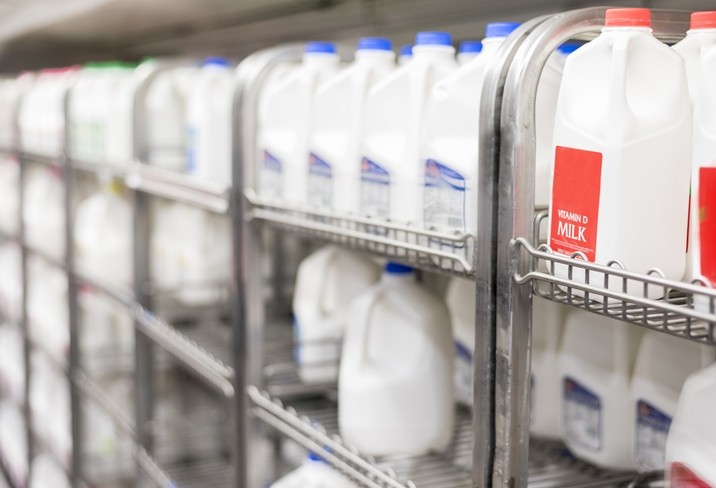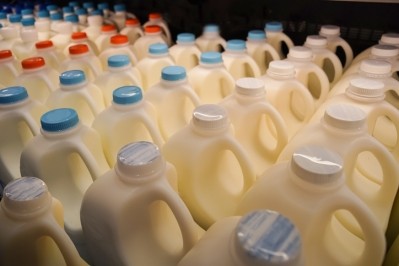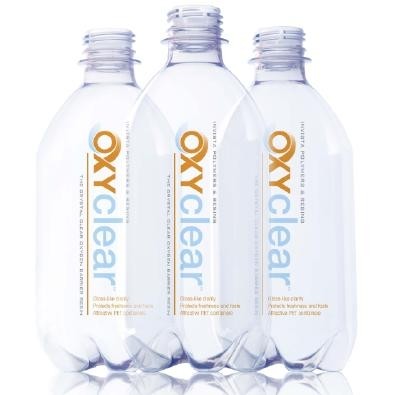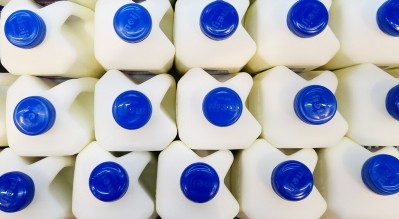Light exposure can deplete half the nutrients in milk without protection

The last two years, research into the effects of light exposure on packaged food and beverages has increased. Studies have found that when unprotected, milk exposed to light can begin to taste ‘off’ in as little as four hours.
The average gallon of milk in North America has a shelf life of 20 days, and it’s common for ‘soured’ milk to be a result of over-exposure to light rather than expired freshness. Most consumers aren’t aware of this or that packaging affects the product.
Noluma is a services and certification company that has “developed a patented technology to measure the light protection capacity of packaging, leading to increased freshness, maintained taste, preservation of nutrients and even doubling the shelf life of milk and other dairy products.”
It works with CPG manufacturers around the world to determine the best packaging plan for their products. Div Chopra, president and CEO of Noluma, spoke to DairyReporter about his technology, dubbed ‘sunglasses for milk.’
Improving industry standards
He shared that it’s been well-known among CPG research teams that light of any kind will seriously damage the nutritional content, taste and freshness quality of a beverage product over time. But now the problem is slowly starting to become known in the mainstream.
Noluma has conducted several global consumer studies, and Chopra said that only 25% of US women were aware of the effects of light damage. But he is confident that education is growing and affecting consumer behavior.
“Once we start educating consumers about it and providing a very quick quantitative methodology to put together specifications for packaging, I think this will truly benefit the consumers,” he said.
One thing Noluma hopes to accomplish is dispelling the myth that anything opaque offers adequate light protection, when the company says it’s not a reliable measure. CPGs are already doing packaging development work themselves and with their vendors to develop light-protected packaging works.
“What’s lacking in the industry today is a quick measurement tool and a lack of industry standard so [manufacturers] can quickly design their package,” Chopra said.
The most used and reliable material for optimal light protection is PET plastic, though containers can vary based on product type.
“We measure, assess, certify and guide a packaging design to deliver the highest levels of light protection, such that products are delivering the high quality freshness and nutrition that the consumers expect them to,” Chopra said.















